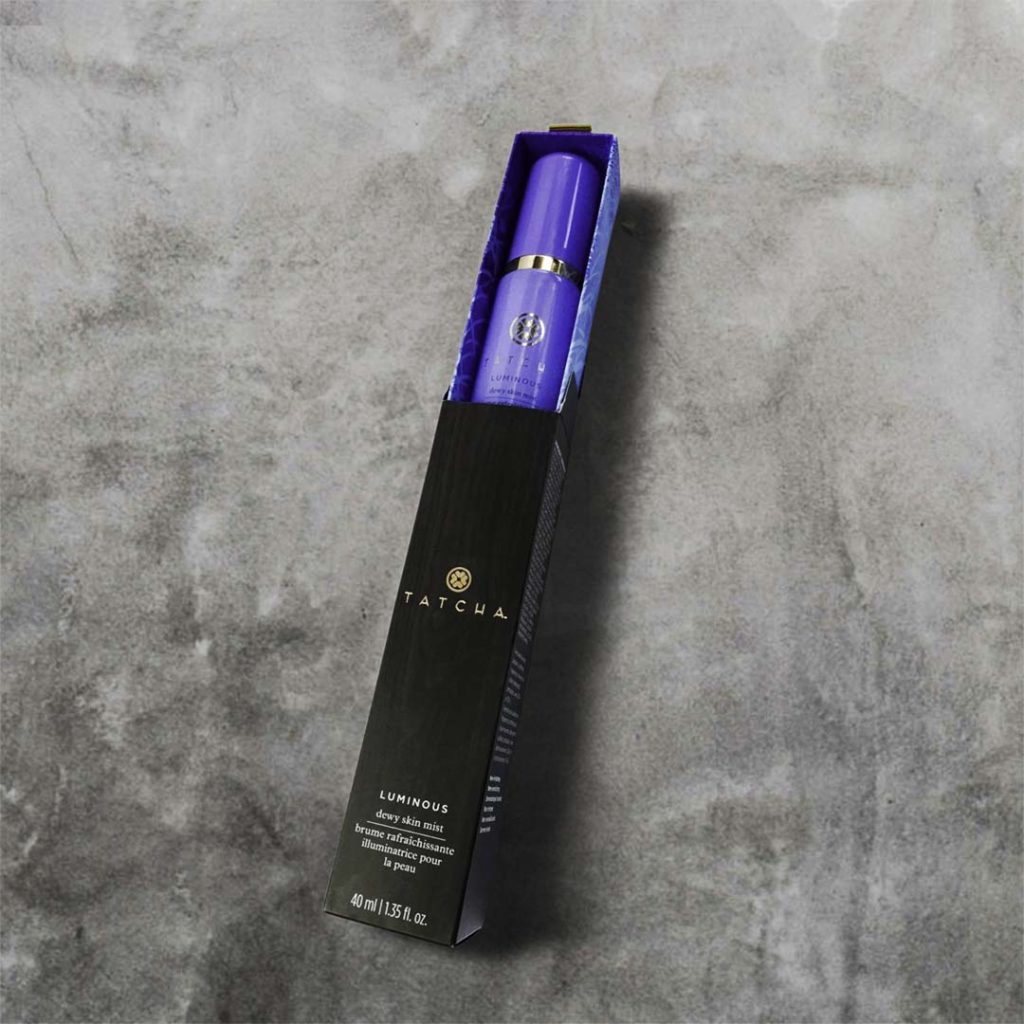Probiotics and Postbiotics are trending in skincare. One skincare ingredient that is gaining traction is Saccharomyces Ferment. Find out how this ingredient can level up your skincare routine, and some of our favorite products containing this yeast ferment.
What is Saccharomyces Ferment
Saccharomyces Ferment is a probiotic yeast obtained by fermentation. It is considered a postbiotic. [1]
A moisturizing, skin- soothing, nutrient rich yeast ferment that stimulates cell renewal with amino acids and peptides. It is well tolerated even by sensitive skin types.

Why is Fermentation Useful?
Fermentation increases nutrient density like a skincare ingredient “power level up”.
In Saccharomyces Ferment, it adds nutrients to a formulation as it produces amino acids and peptides. Amino acids and peptides can be easily absorbed by the skin to promote collagen synthesis and nourish our skin cells.
The beta-glucan in Saccharomyces Ferment enhances its’ ability to provide a buffer for potent actives within a formulation.
It increases oxygen flow to skin cells. The better the oxygen flow and consumption, the better vital skin components such as collagen and elastin are maintained.
Saccharomyces lysate extract is believed to neutralize toxins such as trace heavy metals and pesticides. [2]
Products We Love Containing Saccharomyces Ferment
Saccharomyces Ferment is popular in K-Beauty skincare brands. It is also seen in some Estee Lauder, Origins, and Clinique products.
Here are a few products we recommend:
HaruHaru Wonder Honey Green Brilliant Cream
HaruHaru Wonder Honey Green Brilliant Cream is a lightweight gel texture lotion with a host of stellar ingredients which together promote collagen synthesis.
Fermented ingredients such as fermented green tea and Saccharomyces Ferment both protect the skin and rejuvenate. These ferments enable better ingredient absorption as they break down ingredient molecules into smaller molecules easier for the skin to absorb.
It is a generously-sized product with 95% natural origin ingredients, including the highly effective Camellia Japonica is also known as Japanese Camellia or tsubaki. It is the authentic Japanese Camellia seen in brands like Tatcha and SK-II.
Read our full review here

Good Molecules Niacinamide Brightening Toner
This go-to toner gently brightens the skin with niacinamide, arbutin and licorce root, hydrates with and delivers a hydrating boost from its’ hyaluronic acid and Saccharomyces Ferment Filtrate.
Good Molecules Niacinamide Brightening Toner review coming soon! Stay tuned!
Tatcha Luminous Dewy Skin Mist
Tatcha Luminous Dewy Skin Mist can be mistaken for an overly dramatic setting spray, when it really is a skin treatment on the go.
It contains more than a dozen treating actives that are considered the “star” ingredient all on their own. These ingredients include Camellia Japonica Seed Oil, Hyaluronic Acid, licorice root, rice germ oil, red algae ginseng, royal jelly extract, and Ziziphus Jujuba Fruit Extract, and of course, saccharomyces ferment.
If you refresh your makeup during the day with a water spray and a Beauty Blender, Tatcha Luminous Dewy Skin Mist can really up your dewy skin game while protecting its’ exposome.
This product is most often used by skincare devotees.

Summary of Saccharomyces Ferment Ingredient Overview
Saccharomyces Ferment undergoes a fermentation process that adds potency to the base ingredient. It adds nutrients to a formulation as it produces amino acids and peptides.
Ferments in general enable better ingredient absorption as they break down ingredient molecules into smaller molecules easier for the skin to absorb. It enables formulation absorption within the skin to maximize results.
Did you find this article Ingredient Overview: Saccharomyces Ferment useful? Then you may enjoy other reading other Ingredient Overviews about ingredients often used in clean beauty such as:
References
- British Journal of Dermatology, May 2019, ePublication
- Lukic J, Chen V, Strahinic I, et al. Probiotics or pro-healers: the role of beneficial bacteria in tissue repair. Wound Repair Regen. 2017;25(6):912-922. doi:10.1111/wrr.12607

Leave a Reply